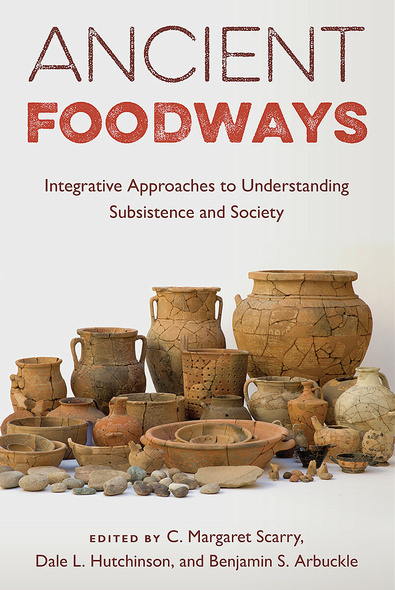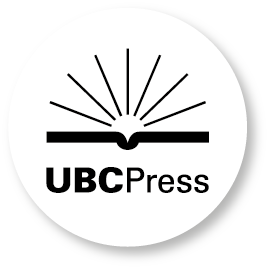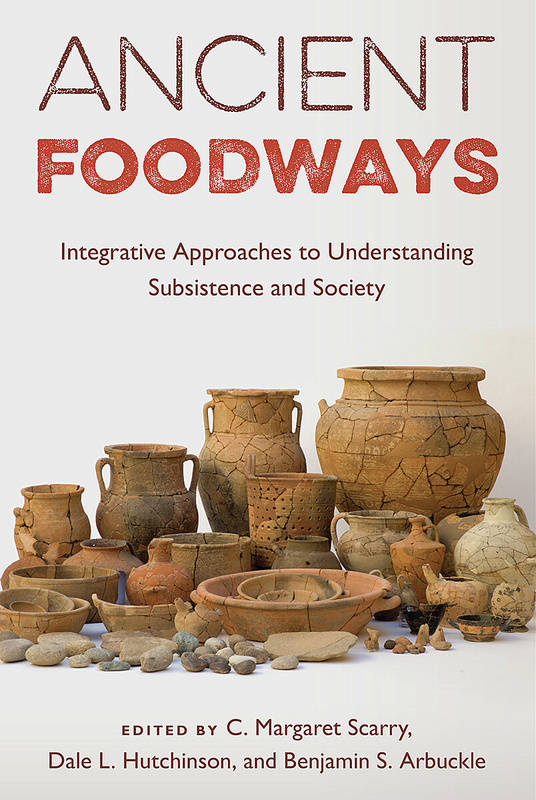
Ancient Foodways
Integrative Approaches to Understanding Subsistence and Society
Through various case studies, this volume illustrates how archaeologists can use bioarchaeology, zooarchaeology, archaeobotany, architecture, and other evidence to interpret past foodways and reconstruct past social worlds.
C. Margaret Scarry, professor of anthropology and director of Research Laboratories of Archaeology at the University of North Carolina at Chapel Hill, is the coeditor of Rethinking Moundville and Its Hinterland. Dale L. Hutchinson, professor emeritus of anthropology at the University of North Carolina at Chapel Hill, is the author of American Health and Wellness in Archaeology and History. Benjamin S. Arbuckle, professor of anthropology at the University of North Carolina at Chapel Hill, is coeditor of Animals and Inequality in the Ancient World.




